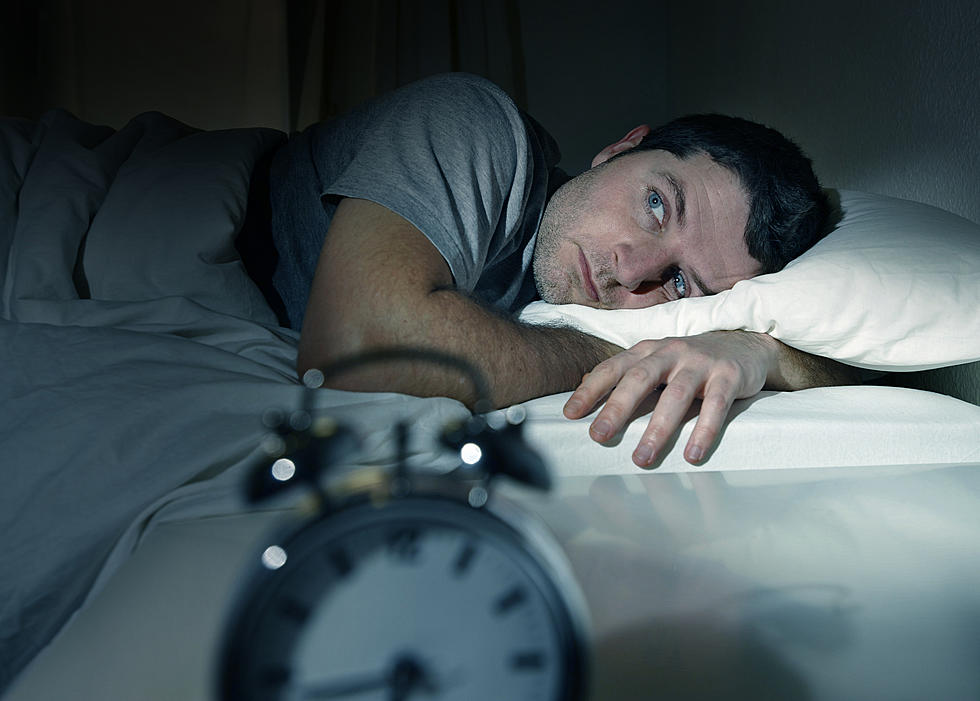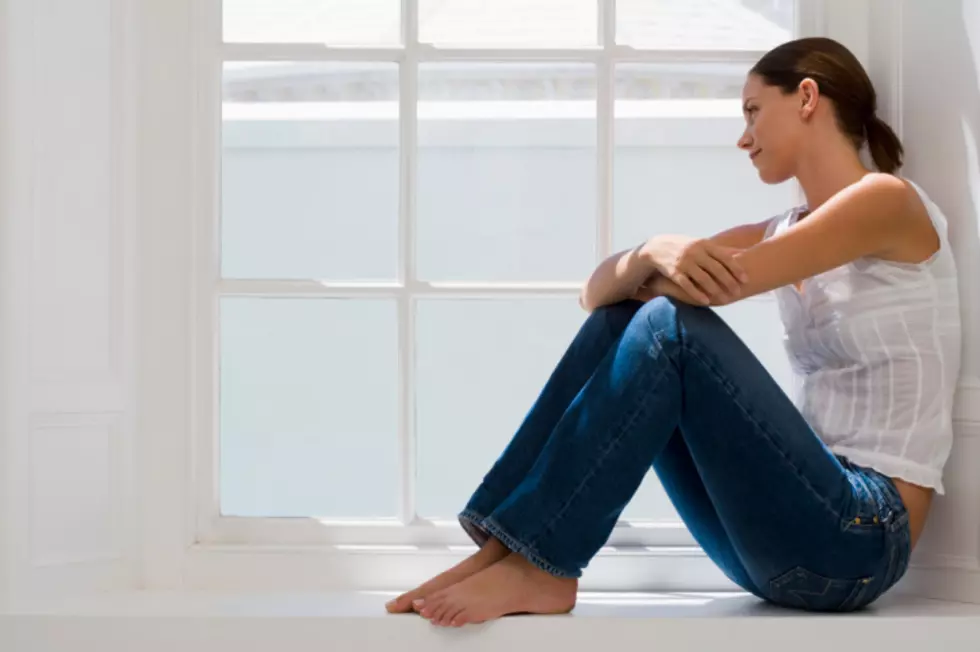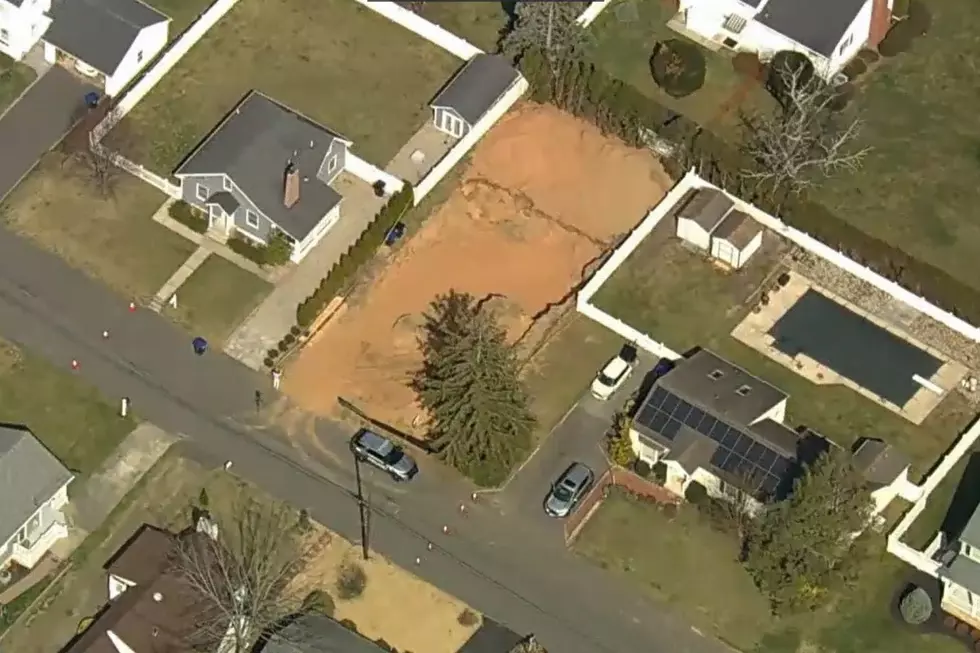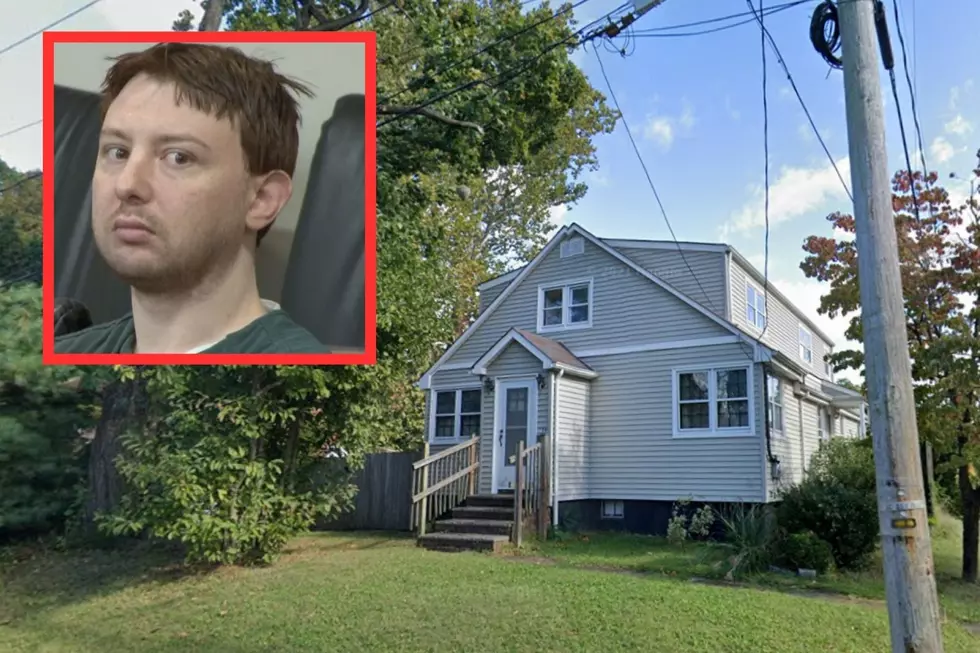
For some, sadness may be seasonal
The days are shorter and the nights are longer. For some, it can lead to feelings of sadness and depression. But how can you tell if you're just suffering from a case of the "winter blues" or something more serious, like Seasonal Affective Disorder (SAD)?
Seasonal Affective Disorder is a type of depression that begins and ends about the same time every year. It usually starts in November, continues through the winter months and ends in March when the days start to get longer. Those who suffer from SAD generally feel lethargic, moody, sad and depressed. They may lack energy and cheerfulness, they may withdraw socially and lose interest in regular activities. For some people, it is tough to concentrate and they feel sad and irritable. About 5 percent of the population suffers severe symptoms from SAD, while 15 percent have more mild symptoms.
The reasons some people experience symptoms of SAD may vary.
"Seasonal affective disorder is linked to a biochemical imbalance in the brain that is prompted by shorter daylight hours and a lack of sunlight. In addition, as seasons change, people experience a shift in their biological, internal clock that can cause them to be out of step with their daily schedule," said Deborah Wentz, CEO of the New Jersey Association of Mental Health and Addiction Agencies. "Melatonin, a sleep-related hormone, has also been associated with SAD. This hormone, which has been linked to depression, is produced at increased levels in the dark. So people aren't imagining that they're feeling depressed, they actually are."
The difference between SAD and clinical depression is that those with SAD generally tend to feel better when the spring starts. Clinical depression does not go away with the change of seasons. For those who suffer from SAD, there are treatments available including light therapy, psychotherapy and medication.
For more information on SAD, visit http://www.mayoclinic.org/diseases-conditions/seasonal-affective-disorder/basics/definition/CON-20021047.
More From New Jersey 101.5 FM





![Dennis Gets a Ray of Sunshine on a Cloudy Day [PHOTOS]](http://townsquare.media/site/385/files/2013/12/dennislamp1.gif?w=980&q=75)



